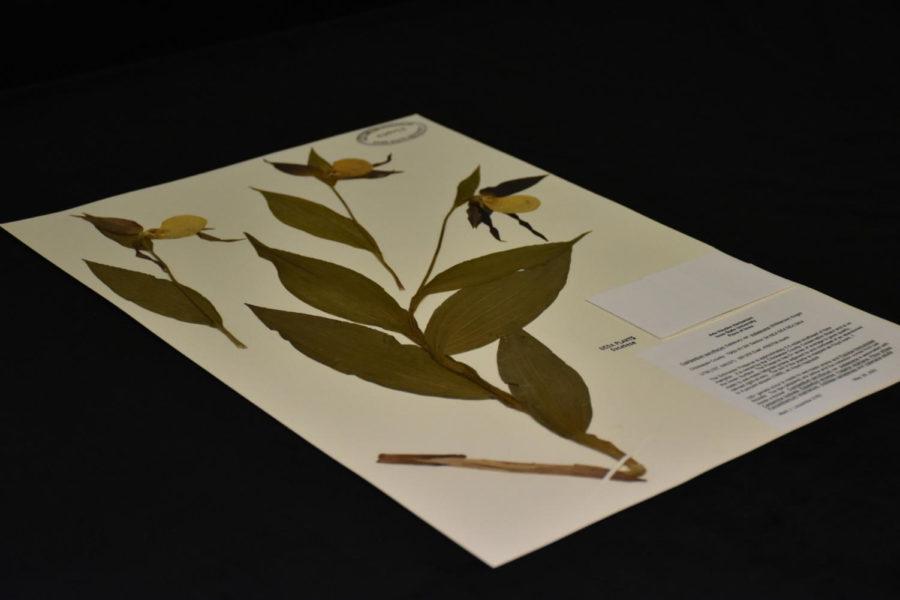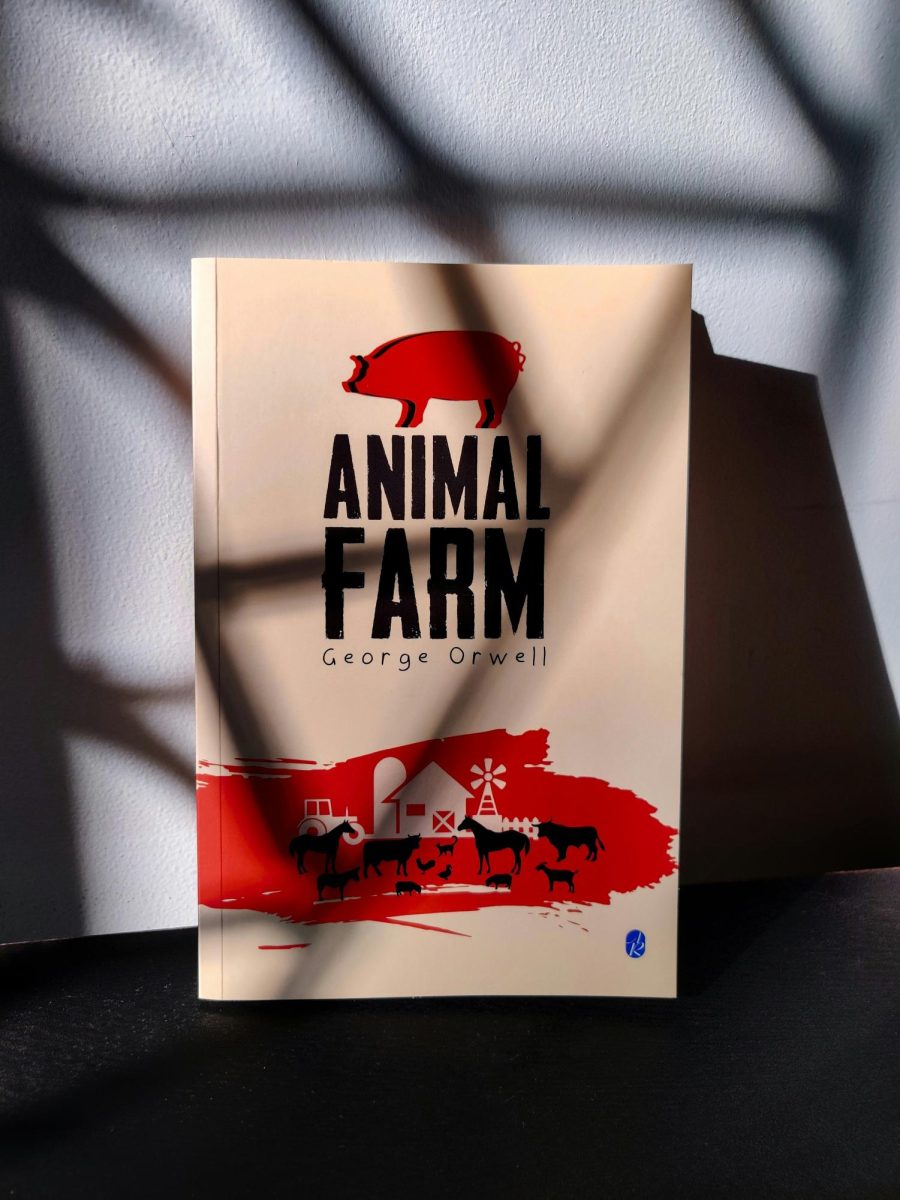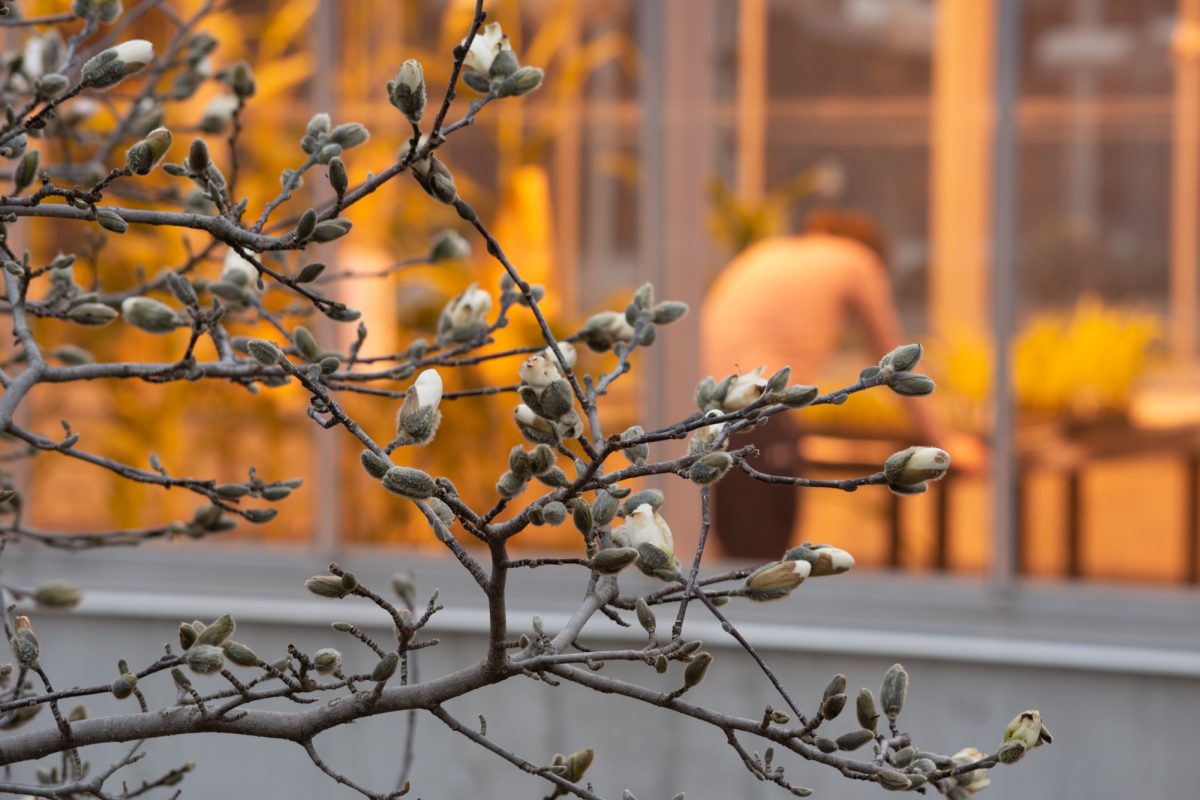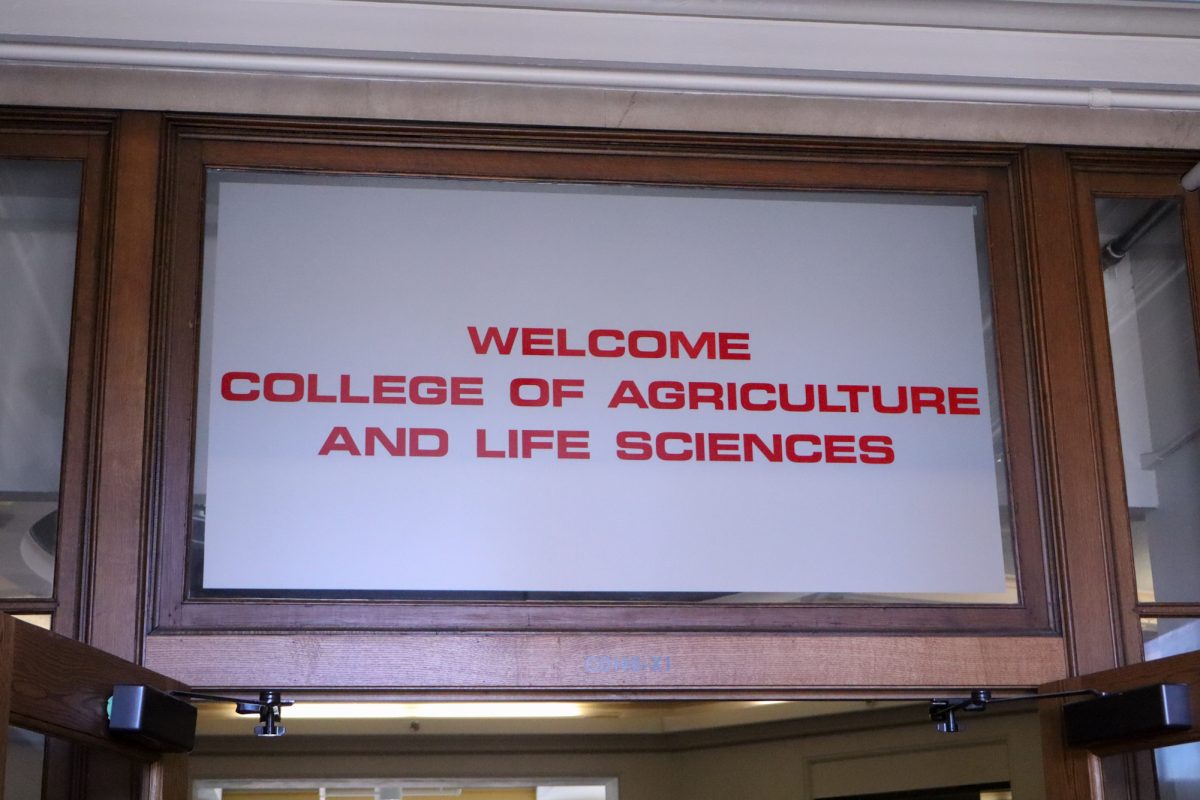Inside 340 Bessey Hall: The Ada Hayden Herbarium
February 2, 2018
If you look into 340 Bessey Hall, you will see two rooms connected by a small hallway. Between the two rooms, there are over 40 giant towering gray cabinets.
From the outside they seem like part of an ordinary filing system. However, each of these cabinets contain a fraction of the Ada Hayden Herbarium.
A herbarium is a large and extensive collection of dried and pressed plant specimens. Inside the storage system there are rows upon rows filled with fungi, mosses, flowering plants, and more. In total, the herbarium has over 640,000 specimens.
These specimens come from all over the world. They are collected by a multitude of different researchers and scientists.
“The specimens are first collected in the field by researchers and they collect them to document their own research projects,” said Deborah Lewis, curator of the herbarium. “But once the specimen is prepared and ready to go into the herbarium, and it is in the herbarium, then can be used in subsequent studies as well.”
Some examples of the subsequent studies the plants can be used in are anatomical studies and DNA fingerprinting.
Deborah Lewis is the current curator of the herbarium and has been since 1984. She, along with director and contributor Lynn Clark, are the two regular and paid staff members. In addition, there are associated faculty members, volunteers, and students who help out.
One key aspect of the herbarium is studying and comparing plants to each other, Lewis said. Another is to try and figure out why certain plants are growing in a particular area.
Through both of these aspects, the dead plants are dried and pressed so they can be conserved. By having the plants preserved this way, it helps the specimens stay intact for up to hundreds of years.
“Once plants are pressed and dried, we say they hold up virtually forever,” Lewis said.
The oldest specimen found so far is from 1799. It was sent to the University of Iowa’s herbarium by the British Museum.
The reason that the specimen is at Iowa State is another pivotal part of the herbarium’s history.
In 2004, the University of Iowa transferred the entirety of their herbarium to Iowa State. They previously gave all of their fungi to Iowa State’s herbarium in 1984, but ultimately ended up giving the rest and merged the two collections.
“They seem to be moving away from the natural side of biology to human medicine and human anatomy and physiology,” Lewis said.
The mobile storage system was also added in 2004. This allows up to three large cabinets at at a time to be wheeled aside for easy access. Each of the cabinets are eight rows deep, which is where the specimens are stored.
Organization wise, all of the big groups such as fungi, algae, mosses, ferns, and flowering plants are grouped together. From there, the specimens are organized by an alphabetical system.
Inside the cabinets, there is a triad of colored folders. If a specimen is in a red folder that means it was collected in Iowa, if it’s in a white folder it was collected somewhere else in North America, and if it’s in a blue folder it was collected somewhere else in the rest of the world.
In some parts of the collection, there is a greater number of blue and white folders than red.
“That’s pretty typical for the collection, because we are so diverse,” Lewis said. “We have a lot of things in the herbarium for which we don’t have any Iowa specimens at all.”
Ada Hayden, who the herbarium was officially named after in 1988, collected over 30,000 specimens for the collection. She taught botany and was also the first woman to get a doctorate at what was then Iowa State College.
The specimens collected by Hayden are neatly and delicately pressed. All of the proper details are in place and preserved as cleanly and accurately as possible.
When a specimen is collected for the herbarium, collectors will put a description of where they found it. These descriptions range from extremely vague to very exact.
Even though Hayden was collecting a long time ago, she gave a multitude of particulars in the descriptions of where her specimens were found.
“She was careful enough in her work to get it down to at least a square mile, and with her description, you could probably get it down to much closer than that,” Lewis said.
The herbarium is working toward a complete catalog of all its contents, but for now there is no way of knowing for certain how many there are exactly.
An example of this is their fungal collection. They currently are working on a project to catalog all of their fungi. This project is funded by the National Science Foundation.
Lewis said they estimated they had around 36,000 fungi to document. However, her student workers hit that number just before winter break. Lewis said they underestimated by about a third, so they are trying to get as much done as they can before the funding ends at the end of the school year.
One of the undergraduate students who is helping out with this project is Olivia Hubbard, a senior in biology. Hubbard has a focus on fungi and has also done research regarding lichens.
Her job consists of cataloging the herbarium’s microfungi collection. She photographs the packets of the fungi and enters the information inside the packet into an online database that another network of herbaria can access.
“I think a lot of people’s misconception with a herbarium is when they hear the word they think it’s live plants, so when I explain to people what I do and where I work, I kind of tell them that it’s a library for dead plants,” Hubbard said.
Hubbard spends anywhere from 10-20 hours working in the herbarium in an average week.
“But that’s okay with me, it’s quite peaceful in here,” Hubbard said.
Since working in the herbarium since May 2017, Hubbard has spent a lot of time working with the specimens and the other staff.
“For anybody that’s interested in plants or fungi or lichens or really anything that grows, the herbarium is a great place to come and check out,” Hubbard said. “Deb is here a lot of the time and is always happy to show people around. It’s always open to any students who might need to use it. It’s a great resource.”







